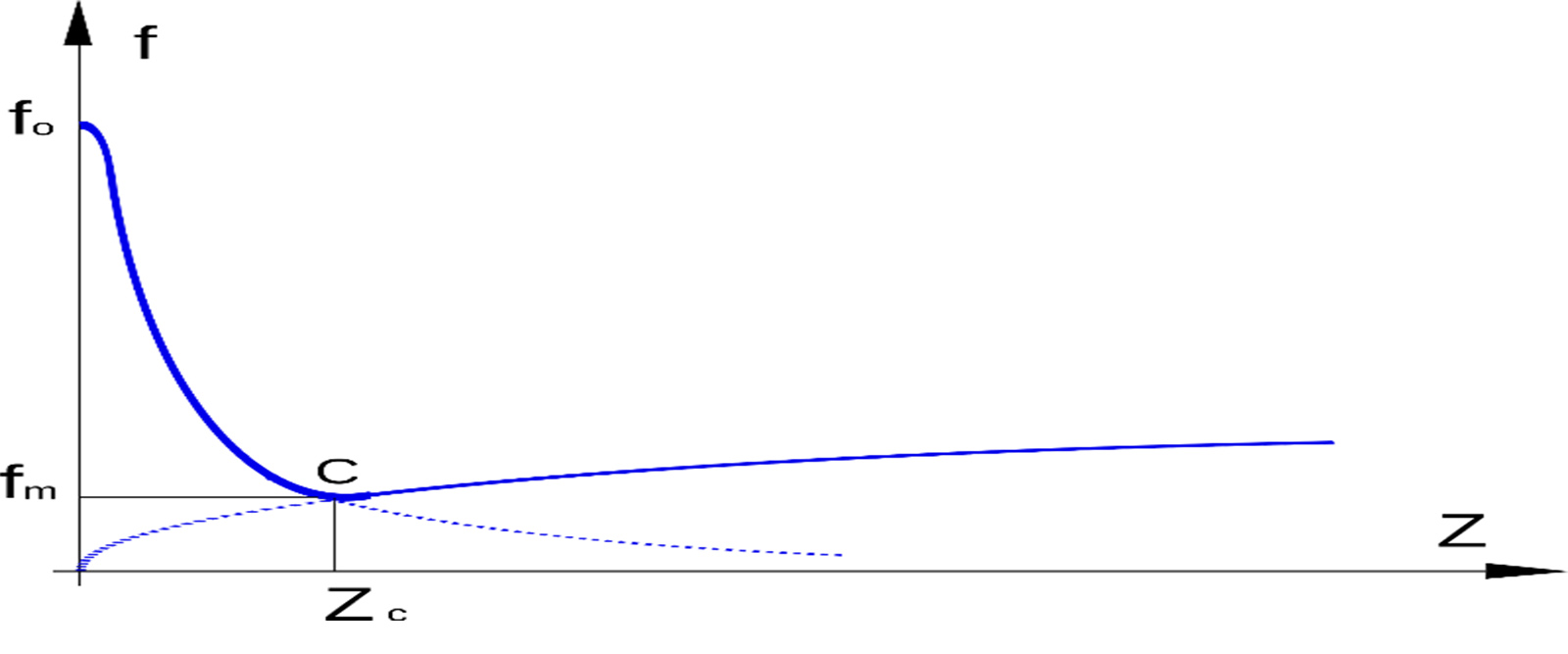Industrial Lubrication
A lubricant is a substance introduced to reduce friction between surfaces in mutual contact, which ultimately reduces the heat generated when the surfaces move. It may also have the function of transmitting forces, transporting foreign particles, or heating or cooling the surfaces.
Tribology is the science and engineering of interacting surfaces in relative motion. It includes the study and application of the principles of friction, lubrication and wear. Tribology is a branch of mechanical engineering and materials science.
Stribeck Curve
1)BOUNDARY LUBRICATION
If the speed is very low there will be no pressure build up in the lubricant at all and hence the loading is for 100% carried by the asperities in the contact area, protected by adsorbed molecules of the lubricant and/or a thin oxide layer. Characteristic for boundary lubrication is the absence of hydrodynamic pressure. Dry contact is excluded from boundary lubrication.
2)MIXED LUBRICATION
A hydrodynamic pressure is build up in the lubricant when the speed increases. Characteristic for mixed lubrication is that the loading is carried by a combination of the hydrodynamic pressure and the contact pressure between the asperities of both surfaces. It is the intermediate region between boundary lubrication and hydrodynamic lubrication.
3)HYDRODYNAMIC LUBRICATION
At high speed the hydrodynamic pressure increases such that the surface asperities are completely separated by a lubricant film. Characteristic for hydrodynamic lubrication is that the load and hydrodynamic pressure are in equilibrium.
Aquaplaning, where a thin water film separates the tyre and the road is a widely known example of elastohydrodynamic lubrication.

Oil Groove Desing
- To facililate formation of the wedge between the bearing surfaces
- To distribute the oil within the bearing
As a principle oil index and oil channel in the non hydrodynamics reyon is more approprite.
By doing this provides for greater oil flow.
Otherwise proposition of hydrodynamics ol pressure deteriorates significantly and this reduces the ability to bad to beom.
Characterictics of Lubricants
- Prevention corrosion
- Resistance to temperature and atmospheric effects.
- Conduction force or convection ability.
- In the necessary case electrical isolation.
- Washing surfaces and removing harmful particul.
- Not harmful to health and environmen.
- Conduction heat in the working region.
- Reasonable price.
Influence of Temperature On The Viscosity
- In the higher temperature - A higher viscosity oil
- In the lower temperature - A lower viscosity oil should be used.
The temperature dependence of liquid viscosity is the phenomenon by which liquid viscosity tends to decrease (or, alternatively, its fluidity tends to increase) as its temperature increases. This can be observed, for example, by watching how cooking oil appears to move more fluidly upon a frying pan after being heated by a stove.